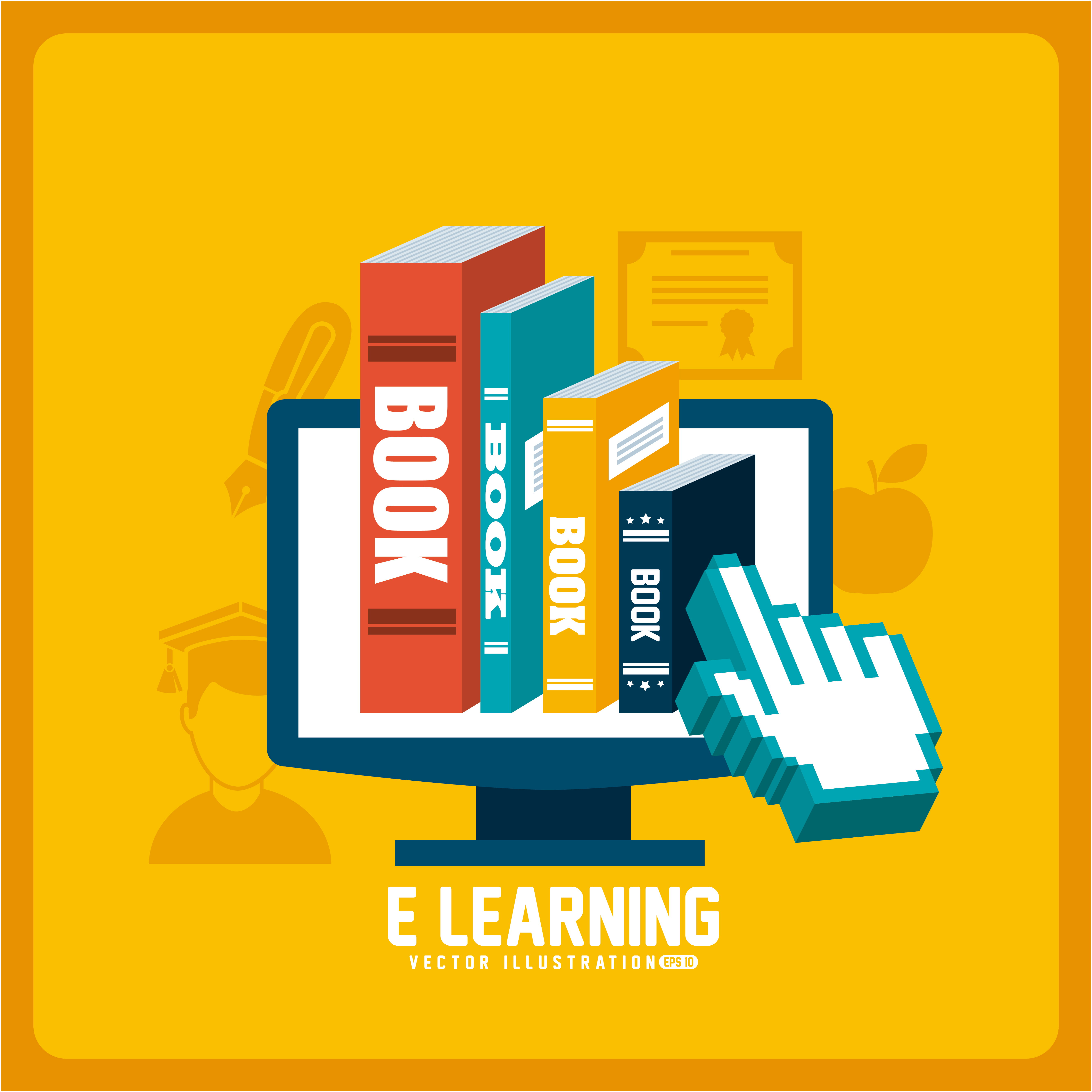As we mentioned in a previous post, andragogy makes reference to how adults learners learn and in which ways the process of learning is different from children. The main issue is that the developed courses do not take into account what andragogy implies and misuse what the term presupposes.
In order to develop eLearning courses, the main step is to understand how adult students learn. They are usually autonomous, self-directed and practical, they have a great experience in life and, consequently, they are very knowledgeable; and for that reason, they also demand respect. Some of the necessary implications are:
- Catch their attention from the beginning
You’ll have to make sure that they’ll get a positive first impression; if you achieve it, you’ll reach a successful attention and participation.
Some of the ways to involve them are:
- Tell a good story.
- Make sure that the learning process is pleasant and enjoyable: the key concept here is that it has to be practical.
- Encourage interactiveness: educational games, portable games, etc.
- Use attractive visual resources.
- Take advantage of their experience.
Life experiences can be relevant sources of knowledge to which you can make reference during the learning process. The main goal is for them to apply what they already know.
Some exercises could be:
- “What if…” in a simulation course with a software.
- Role-playing games
- Real life study cases
- Group discussion
- Make your students feel attracted to the learning process
Make them see that the reason to learn is convenient, bearing in mind their wishes and making them feel relevant.
- Let your learners choose freely
Let them choose how, where and what to learn.
Some ways to start are:
- Allow your learners to take over the course and offer them the opportunity of maintaining active discussions.
- Make your course flexible: give lessons in different ways.
- Show them options.
- Act as a facilitator on whom they can rely.
These are just some of the possibile and many tips to design an eLearning course for adult learners, based on this article :https://www.shiftelearning.com/blogshift/bid/352843/Dise-ando-eLearning-para-adultos-Utilice-estas-cuatro-estrategias.From CIDET, we also want to make some suggestions that could complement the ones mentioned above:
- Distribute a questionnaire about what they would change and which ideas they would lay down during the course or once it has ended, in order to take into account the adults’ opinions.
- Suggest practical activities in group such as the creation of presentations or problem solving ones.
- If it is a long-term course, dedicate a lesson to discussion. Adult learners will be able to chose the topic or they will just discuss the course itself.
- Assign some lessons to let learners present the benefits they are experiencing during the course and suggest them to use technological tools explained in class.





